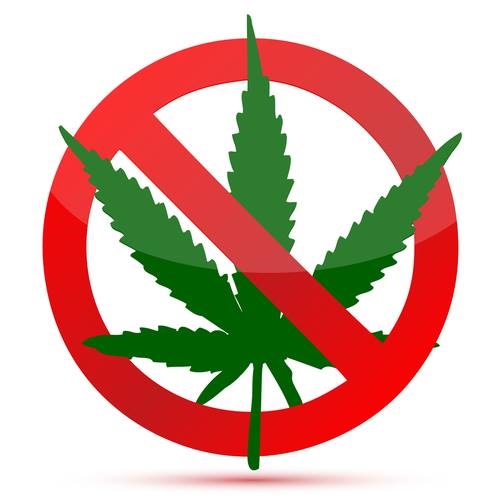Marijuana is Devastating to Youth
/Marijuana adversely affects memory, maturation, motivation and can cause irreversible impact on young brains that aren’t fully developed until roughly age 25. It is a contributing factor in California’s alarming high school drop-out rate which costs taxpayers $45.4 billion dollars each year ($492,000 per drop-out). 2009 UC Santa Barbara Study. Since marijuana has been promoted as a “medicine” it is perceived as harmless and use has gone up (NIDA 2009).
More young people ages 12-17 entered drug treament in 2003 for marijuana dependency than for alcohol and all other illegal drugs combined. (DEA 2003) States that have legalized the nation lead the nation in youth marijuana use.
“Students who smoke marijuana have twice the odds of being a high school dropout. And have trouble finding jobs, get involved in gangs and crime, and end up on welfare. 80% of prisoners are high school dropouts. “Curbing the nation’s drop-out rate a pressing economic and social imperative. The stakes are too high for our children, for our economy and for our country.””
Gambling with Pot
When Alaska legalized marijuana use for adults (’78-’94), teen use was twice that of any other state. Voters overturned the law. States that have legalized pot lead the nation in teen pot use, most notably Colorado.
“If a young person arrives at age 21 prior to smoking, drinking or using illicit drugs, he/she is virtually certain never to do so.”
Joseph Califano
Columbia University Center on Addiction and Substance Abuse
Marijuana is a very pervasive addictive drug wreaking havoc in our teen population. For instance:
- “The evidence is overwhelming that marijuana is a dangerous drug,” said Joseph A. Califano, Jr., National Center on Addiction and Substance Abuse (CASA) chairman and president and former U.S. Secretary of Health, Education and Welfare. “Parents should recognize–and help their children understand–that playing with marijuana is like playing with fire. More kids are in treatment for marijuana dependence and abuse than ever before, and marijuana is a culprit in an increasing proportion of emergency room visits. Moreover, CASA’s latest analysis provides increasing evidence that marijuana is a gateway to other drug use. The more researchers study the drug and the consequences of its use, the clearer it becomes that teens who smoke pot are playing a dangerous game of Russian roulette, not engaging in a harmless rite of passage.” (CASA 2008)
- From 1992 to 2006, rates of admission for children and teens under age 18 for marijuana as the primary substance of abuse increased by 188.1 percent from 22.7 percent to 65.4 percent, compared with a 54.4 percent decline in rates of admission for all other substances combined. (CASA 2006)



